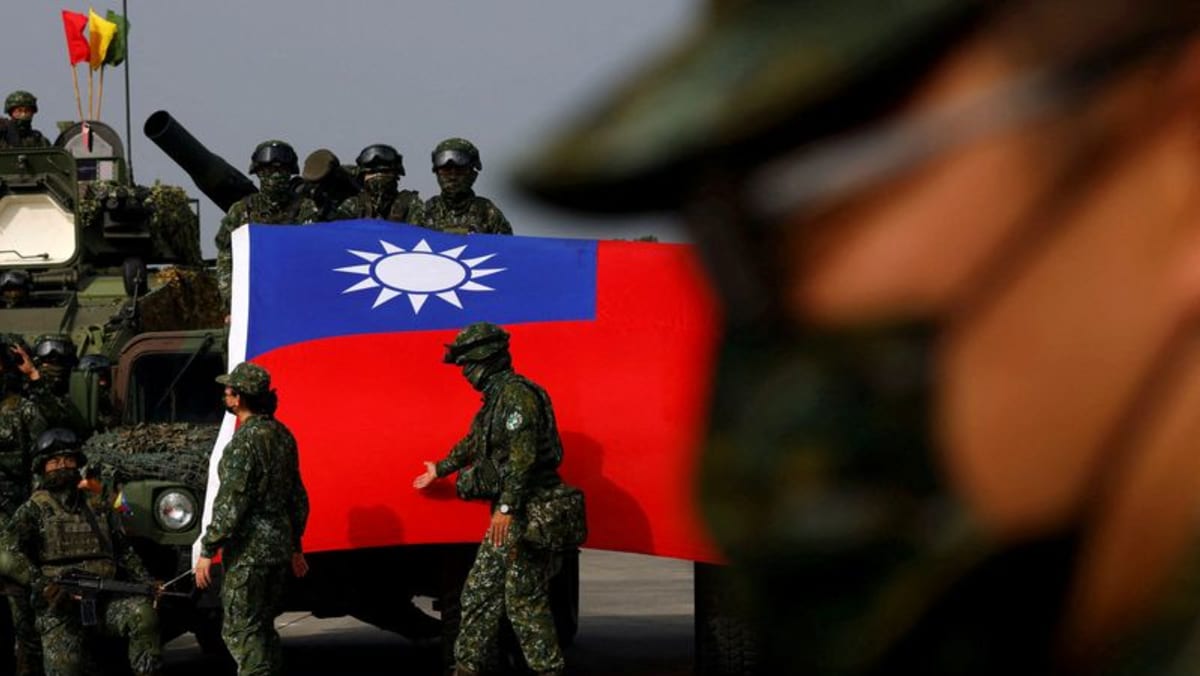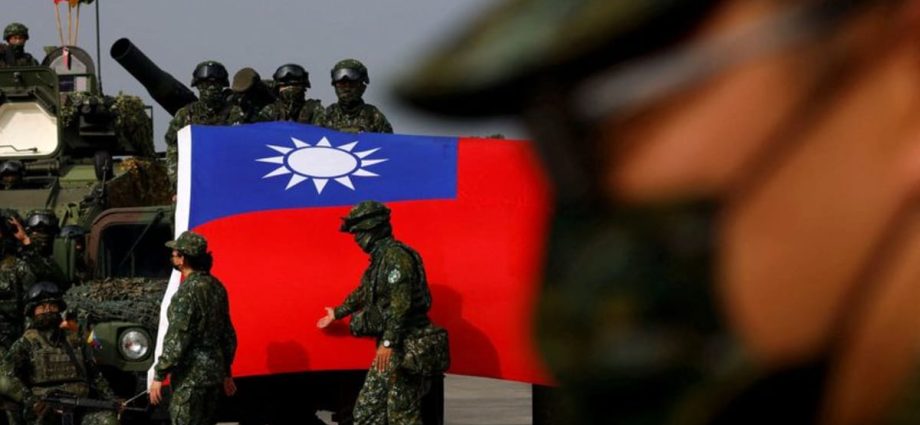
WASHINGTON: The United States on Friday (Jul 28) unveiled a US$345 million military aid package for Taiwan designed to quickly bolster the island’s ability to deter any possible Chinese invasion.
The package – which an official said features intelligence, surveillance and reconnaissance equipment and small arms munitions – will be drawn from the US’ own reserves, allowing it to be delivered on a faster-than-usual timeline.
These are “capabilities that Taiwan will be able to use to bolster deterrence now and in the future”, a Pentagon spokesperson said.
Elements of the package “address critical defensive stockpiles, multi-domain awareness, anti-armour and air defence capabilities”. he added.
“We are working expeditiously to deliver the military assistance announced today.”
Taiwan’s defence ministry thanked Washington “for its staunch commitment to Taiwan’s security”.
“The Presidential Drawdown Authority is another important support for Taiwan’s self-defence in addition to weapons sales,” ministry spokesman Sun Li-fang said.
“Taiwan and the US will continue to cooperate closely in safety issues in order to maintain peace, stability and the status quo in the Taiwan Strait.”
Congress has authorised President Joe Biden to draw aid for Taiwan from American military stocks – the same way that Washington has provided large quantities of assistance to Ukraine since Russia invaded in February 2022.
US lawmakers have been pressuring the Pentagon and White House to speed weapons to Taiwan.
While Chinese diplomats protested the move, Taiwan’s trade office in Washington said the US decision to pull arms and other material from its stores provided “an important tool to support Taiwan’s self-defence”. In a statement, it pledged to work with the United States to maintain “peace, stability and the status quo across the Taiwan Strait”.
The package is in addition to nearly US$19 billion in military sales of F-16s and other major weapons systems that the US has approved for Taiwan. Delivery of those weapons has been hampered by supply chain issues that started during the COVID-19 pandemic and have been exacerbated by the global defence industrial base pressures created by Russia’s invasion of Ukraine.

